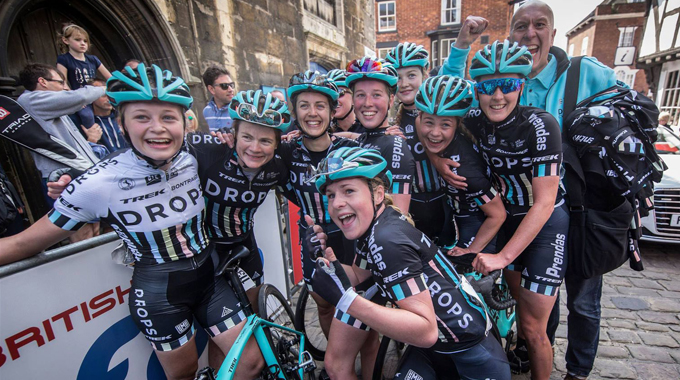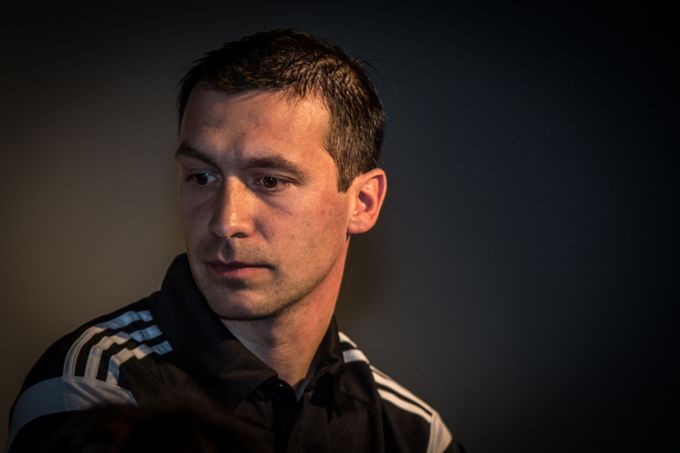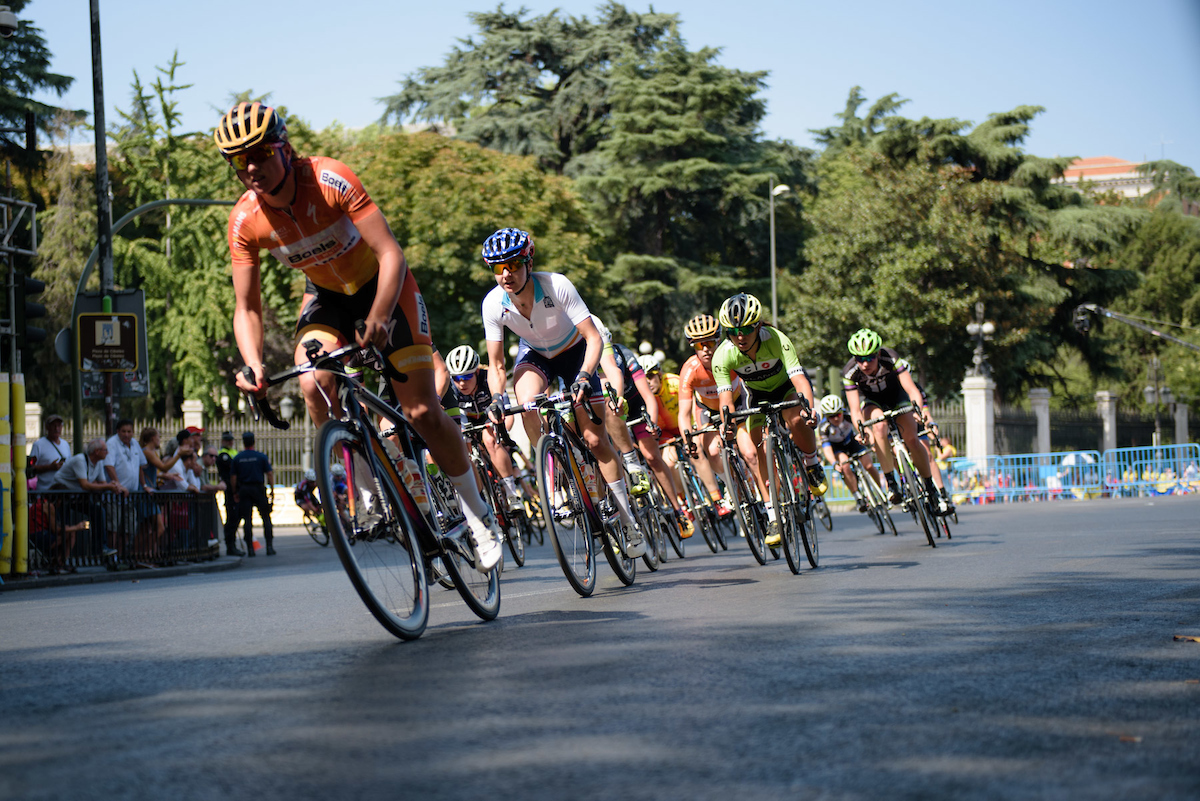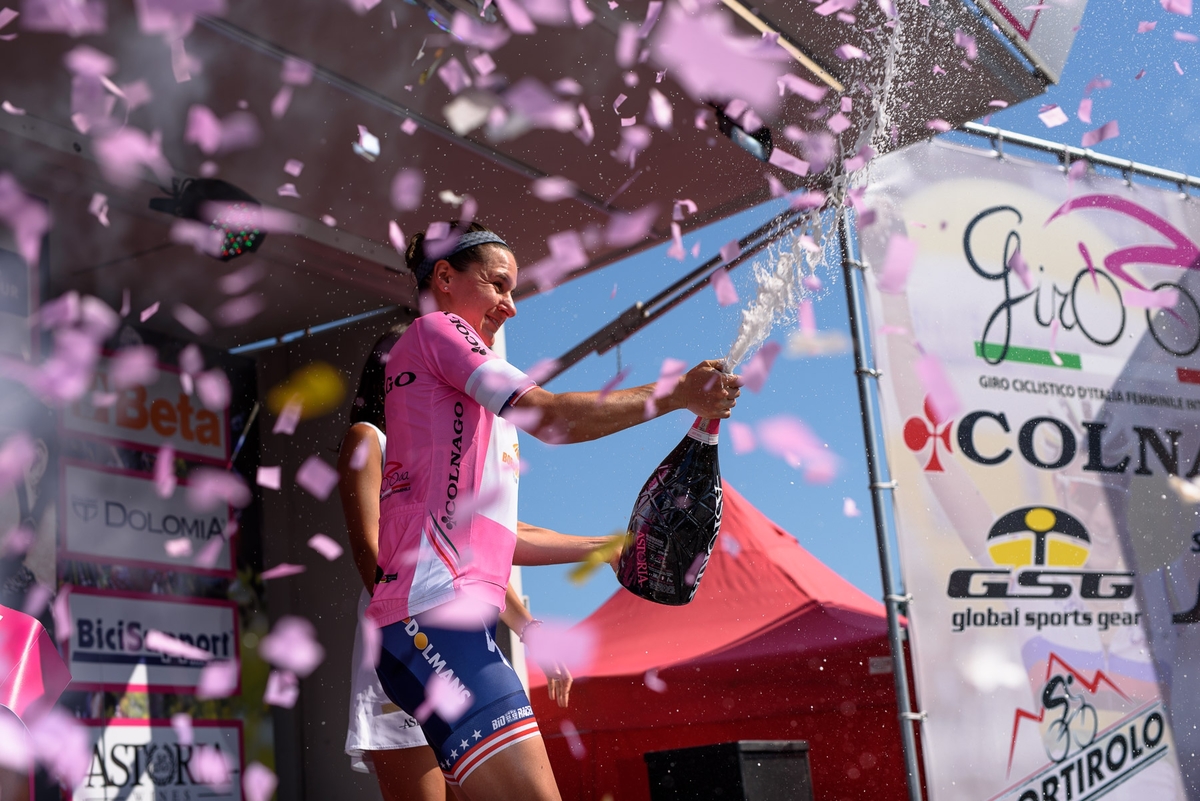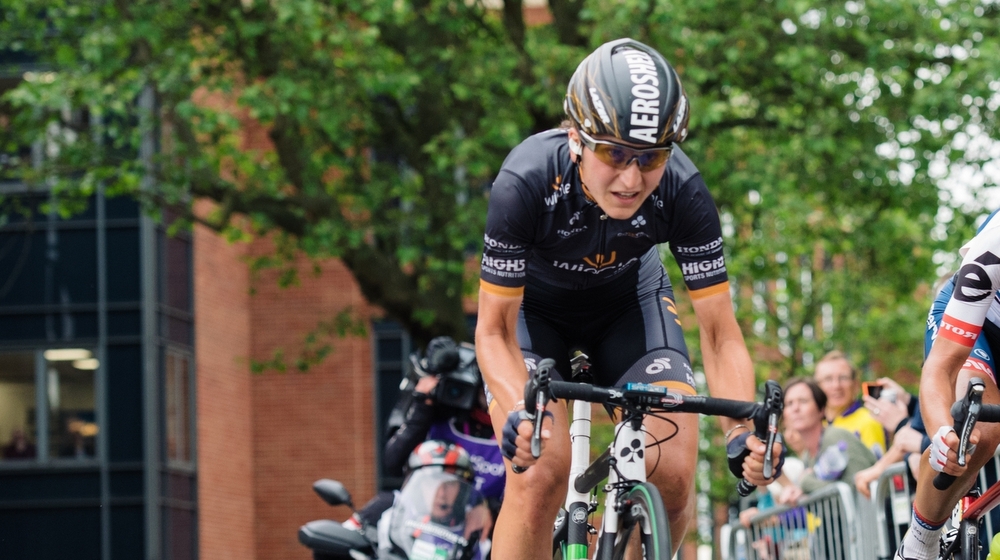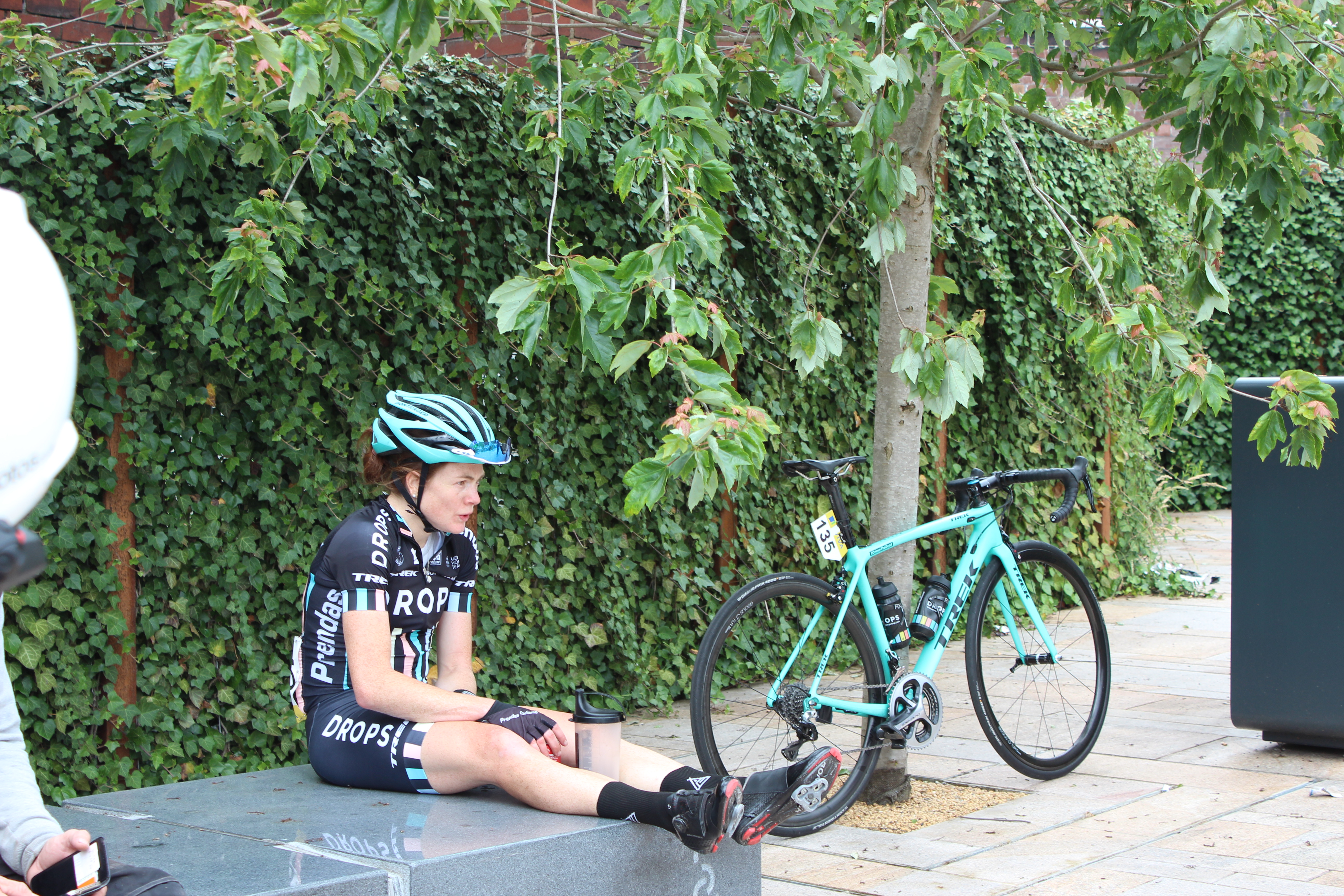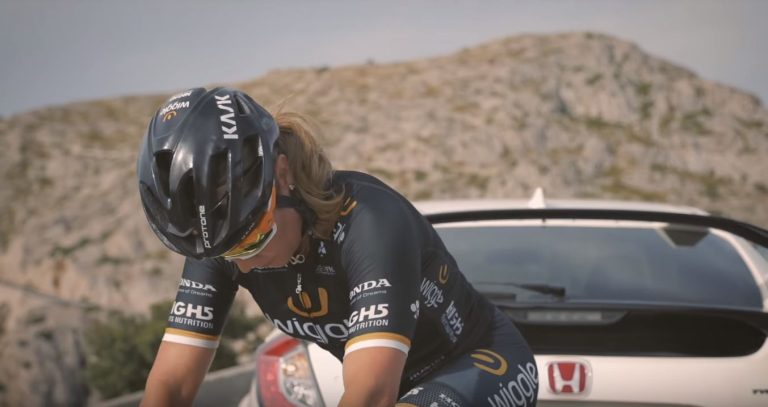Women’s professional cycling is an ongoing upward climb to achieve equal opportunity across all disciplines of competition. Much progress has been made to reduce pay gaps between genders, grow women’s media coverage and level the playing field for competition. Although, at times it has felt that this equality train jumps one step forward, an takes two steps back.
Last month, La Course event organisers, ASO, announced the prestigious women’s single-day event would move away from the traditional Paris city criterium, and take place in the mountains on an unusually short course. Many of us fans, and athletes expected the women’s event to move in the direction of becoming a multi-day equivalent, but it hasn’t.
The UCI Women’s World Tour, comprises of a variety of events across the world. We’ve already seen new events added to the 2017 calendar which shows a growth in race opportunity. Last week, the UCI board made an announcement which included revisions to women’s cycling. The new rule amendment will show an increase from the current maximum course distance of 140km, to 160km for all women’s World Tour events as of 2017.
Although this distance increase has been welcomed with positivity, we can’t help but wonder if this is enough of a step forward for women’s cycling. On the whole, women’s races are significantly shorter in duration when compared with the men’s events. This is most noticeable when looking at the men’s 21 day Tour de France, compared against the women’s single day La Course, or the women’s Giro Rosa 10 day event and the men’s Giro 21 day event.
We wanted to find out how the teams and racers felt about the 20km distance increase for women’s cycling, and whether it’s really enough.


